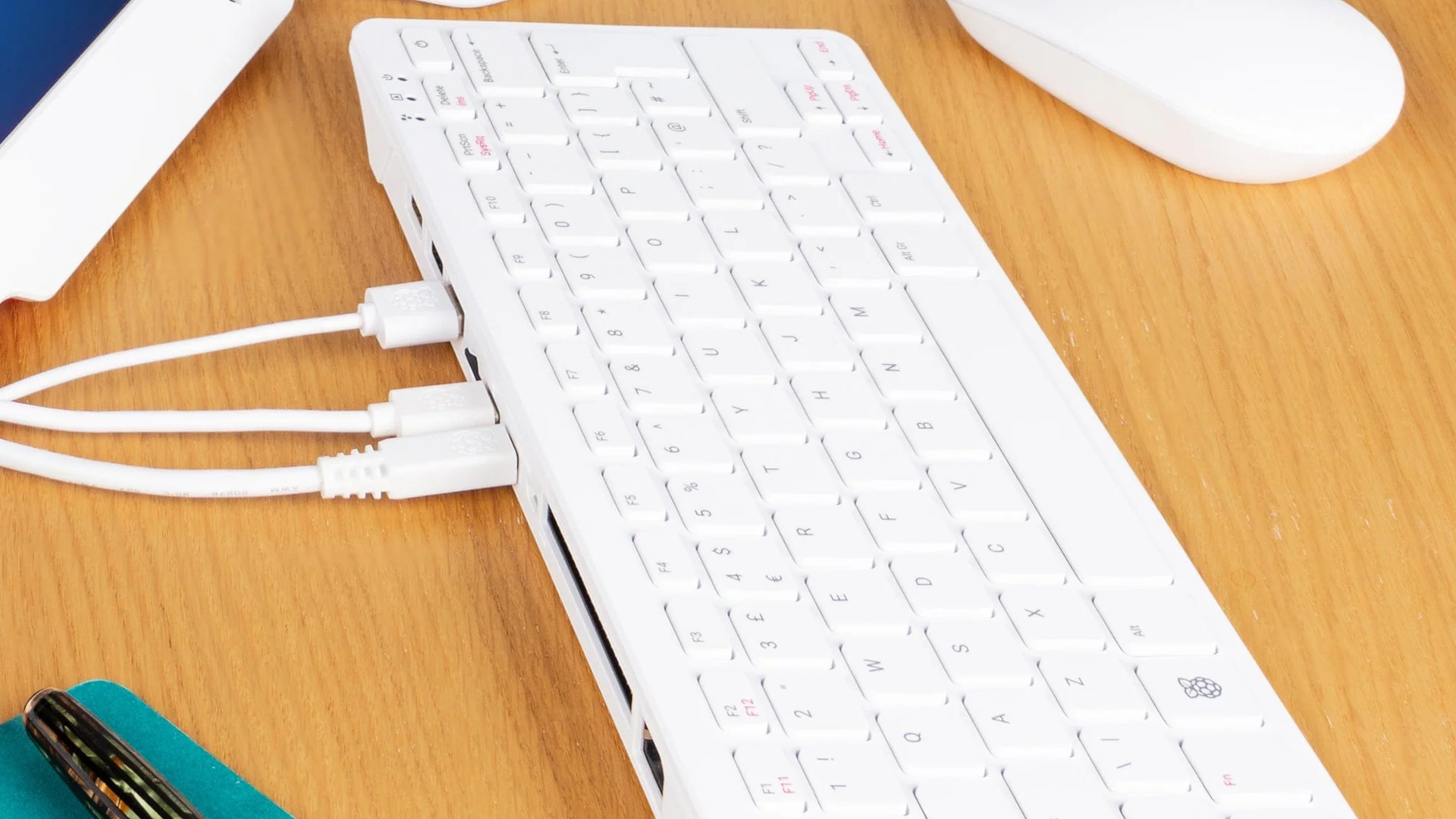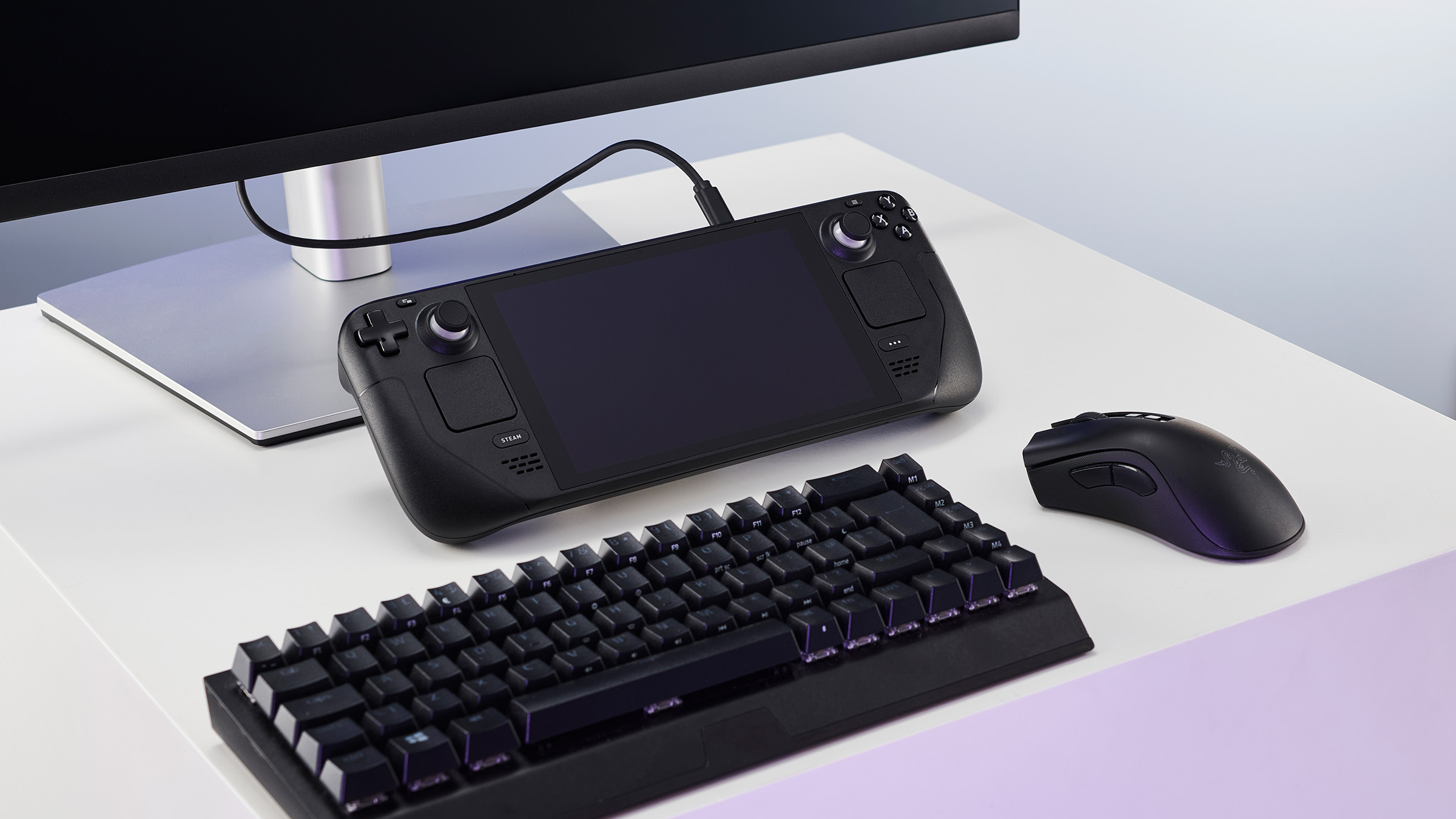
Raspberry Pi devices are the ultimate hobby for the computing enthusiast, being tiny in size, low in price, but packed with performance and features. They're not the most convenient of things to use, though, so four years ago, Raspberry released the Pi 400—a Raspberry Pi embedded into a keyboard. Now it's back with a new version, the Pi 500, with double the processing power of its predecessor.
The first computers in my life were British-made Sinclair machines, comprising all the computing hardware stuffed inside a keyboard. They were very cheap, especially compared to more serious computers of that time, but they were also very easy to use. The likes of the ZX Spectrum introduced me to video gaming, programming, and messing about with electronics.
So when I saw news of the release of the Raspberry Pi 500 (via Sweclockers) and saw the specs and pictures on the main site for it, I got a burst of nostalgia. And then a flood of regret, once I remembered about all my other Raspberry Pi units just collecting dust, somewhere in a forgotten corner.
Anyway, so what exactly is the Pi 500? At face value it's a rather fetching white keyboard, with a raft of ports about its rear, but delve inside and you'll find the latest version of the Raspberry Pi. We're up to number 5 now and it's a substantial improvement over the fourth iteration, though with some caveats to that statement.
The Raspberry Pi 5 is a twin-chip affair, with the CPU and GPU in the primary die made by Broadcom and the secondary one handling input and output duties, much like the chipset on a PC motherboard. Specs-wise, it boasts a quad-core Arm Cortex-A76 CPU, a 12-core VideoCore VII GPU, and 8 GB of LPDDR4X-4267 RAM.
That's paired with the RP1 I/O controller, offering Bluetooth 5.0, 1Gb Ethernet, two USB 3.0 Type-A and one USB 2.0 Type-A ports, a 40-pin GPIO (general purpose IO) header, and two micro-HDMI sockets (good for 4K, 60 Hz).
It's priced at $90/£85 for the base package (i.e. just the keyboard and a 32 GB SD card with RaspberryOS installed), and around $30/£30 more for the 'desktop kit' version, which includes a mouse, power supply unit, HDMI cable, and a beginner's guide to the Raspberry Pi. It's a bit cheeky of Raspberry to not include a power supply with the base unit, if you ask me, because the Pi 5 does need a 5 V, 5 A supply at the very least. It'll run with less current but it won't work half as well.
All the additional new capabilities and higher clock speeds do mean one thing, though, and it's that the Raspberry Pi's chips can run a bit on the hot side. Fortunately, the Pi 500 is fitted with a large slab of aluminium, for passive cooling.
So what can you do with a Pi 500, should one take your fancy? Well, as our very own Jacob Fox discovered, it'll run Doom 3 well enough to hit 60 fps at 480p low settings, but that's not really its forte—the original Doom and retro emulation are better suited to the tiny GPU.

Best handheld gaming PC: What's the best travel buddy?
Steam Deck OLED review: Our verdict on Valve's handheld.
Best Steam Deck accessories: Get decked out.
Steam Deck battery life: What's the real battery life?
Thanks to the much improved IO capabilities, the Pi 500 will function as a home media server very nicely, though a standard Pi 5 would serve just as well. If I'm to be honest, though, the Pi 500 is very a hobbyist thing—unless you're really keen and motivated to delve into programming and electronics, it's likely to suffer the same fate as my own Pi devices. I don't say that as a criticism, just an observation.
But don't let me put you off. The Raspberry Pi 500 looks super nice and with a certain holiday just around the corner, it could be an ideal gift for the budding coder in your family. Without my ZX Spectrum, I would never have learned about how computers really work nor developed a lifelong love of assembly. The path that ultimately led me to this very job is almost entirely down to that humble home computer.
You know, I think I may have just talked myself around to getting a certain Raspberry-powered white keyboard. Ah, here we go again.







